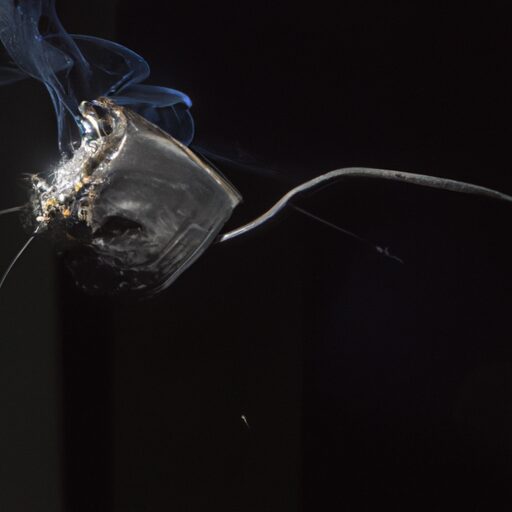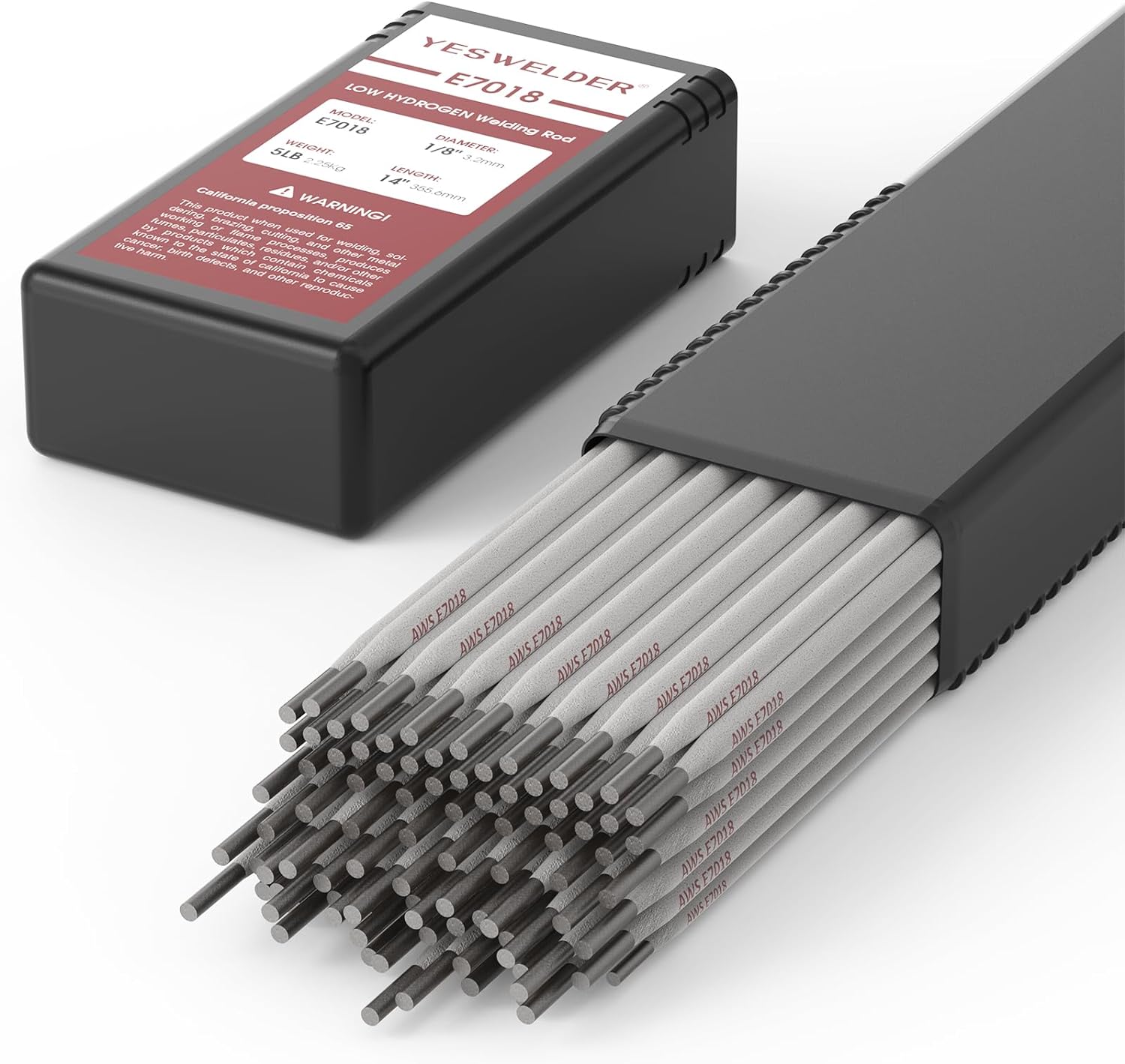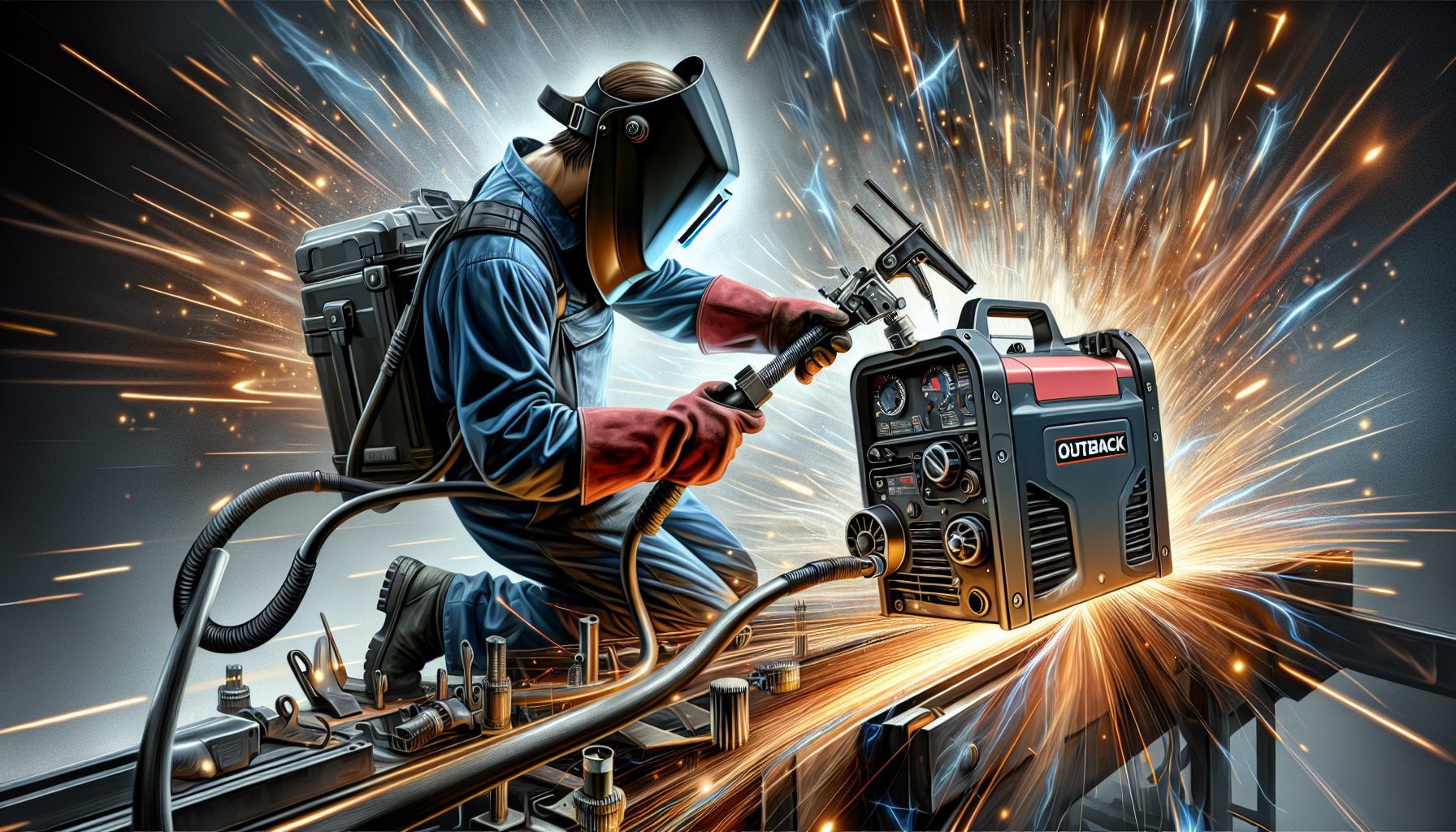So you may have heard these terms used interchangeably, but do you know the real difference between welding and soldering? Well, let’s break it down for you. Welding is a process that involves melting two or more metal pieces together, creating a strong and permanent bond. On the other hand, soldering is more like gluing metal pieces together using a softer metal alloy called solder. While both techniques are used to join pieces of metal, the main difference lies in the materials and heat involved. Curious to learn more? Keep reading to discover the fascinating world of welding and soldering.
What Is The Difference Between Welding And Soldering?
Overview
When it comes to joining two pieces of metal together, you have two popular methods: welding and soldering. While they both accomplish the same goal, there are some fundamental differences between the two processes. In this article, we will take a closer look at welding and soldering, covering their definitions, processes, heat applications, materials used, joint strengths, applications, equipment used, and preparation and clean-up.
Definition of Welding
Welding is a process of joining two or more pieces of metal together by melting the base materials and adding a filler material, if necessary. Unlike soldering, welding creates a permanent bond as the melted base materials cool and solidify. This process is commonly used in various industries, such as construction, automotive, and manufacturing, where high-strength joints are required.
Definition of Soldering
Soldering, on the other hand, is a process of joining two metal pieces together by melting a filler metal, known as solder, and applying it to the joint. Unlike welding, soldering creates a temporary bond that can be easily reversed. Soldering is commonly used in electronics and plumbing applications, where precise and delicate connections are required.
Process
The process of welding involves applying heat to the base materials until they reach their melting point. Once molten, the filler material is added to the joint to create a strong bond as it cools down and solidifies. In contrast, soldering involves heating the solder and applying it to the joint. The solder melts and flows into the joint, creating a mechanical and electrical connection between the two metal pieces.
Heat Application
One of the significant differences between welding and soldering lies in the heat application. In welding, heat is applied directly to the base materials, causing them to melt and fuse together. The intense heat used in welding can reach temperatures of thousands of degrees. On the other hand, soldering uses a lower heat application as the solder itself has a lower melting point compared to the base materials. The heat is primarily applied to the solder, allowing it to melt and join the metal pieces.
Materials Used
Welding and soldering also differ in the types of materials used. In welding, various metals, such as steel, aluminum, and titanium, can be welded together. The filler materials used in welding can also vary depending on the specific requirements of the joint. In contrast, soldering is typically performed on smaller and more delicate components, such as electronic circuit boards. Solder, which is often a lead-tin alloy, is used to create connections between these components.
Joint Strength
The joint strength achieved through welding and soldering is another differentiating factor. Welding produces incredibly strong and durable joints due to the fusion of the base materials. This makes welded joints capable of withstanding high loads and pressures. On the other hand, soldered joints are generally weaker and more susceptible to mechanical stresses. Soldered connections are commonly used for low-stress applications where flexibility and ease of disconnection are valued.
Applications
The applications of welding and soldering also vary significantly. Welding is extensively used in heavy-duty applications, such as constructing buildings, bridges, and pipelines. It is also employed in the automotive industry for the assembly of vehicles and in manufacturing for fabricating metal components. In contrast, soldering finds its use in electronics, where it is utilized to create connections on circuit boards and wire components. Furthermore, soldering is also employed in plumbing for joining copper pipes and fittings.
Equipment Used
Both welding and soldering require specific equipment for their respective processes. Welding typically involves the use of a welding machine that supplies the necessary heat and electricity to melt the base materials. Various welding techniques, such as arc welding, MIG welding, and TIG welding, require different types of equipment and accessories. Soldering, on the other hand, requires a soldering iron or soldering gun that provides heat to melt the solder. Additional tools, such as flux and soldering paste, are often used to ensure proper adhesion and conductivity.
Preparation and Clean-up
In terms of preparation and clean-up, welding generally requires more thorough preparation and clean-up processes compared to soldering. Prior to welding, the base materials need to be cleaned, and in some cases, preheated to ensure a successful weld. Additionally, welding also produces more sparks, fumes, and slag, which need to be carefully managed and cleaned up after the welding process. In contrast, soldering usually requires minimal preparation and clean-up. Soldering surfaces should be clean and free from contaminants to achieve good solder flow, but the process itself creates less mess compared to welding.
In conclusion, while both welding and soldering serve the purpose of joining metal pieces together, they differ significantly in terms of process, heat application, materials used, joint strength, applications, equipment required, and preparation and clean-up procedures. Understanding these differences is crucial in determining which method to use for specific projects, ensuring the desired results are achieved. Whether it’s constructing skyscrapers or building intricate electronic devices, welding and soldering play vital roles in bringing things together.



































